Earthquake swarm in Askja caldera, ground deformation continues, Iceland
A seismic swarm occurred in the northwestern part of the Askja caldera in Iceland on March 25, 2024.
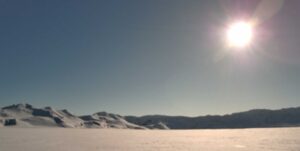
A seismic swarm occurred in the northwestern part of the Askja caldera in Iceland on March 25, 2024.
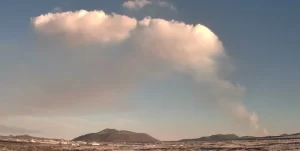
The eruption that began in Reykjanes Peninsula on March 16, 2024, continues at stable levels. However, the Icelandic Met Office (IMO) has been detecting very unhealthy levels of sulfur dioxide pollution over the past couple of days. Residents are urged to follow instructions provided by the Environment Agency of Iceland and the Office of the National Medical Examiner.
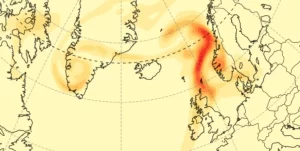
The volcanic eruption that started in Reykjanes Peninsula, Iceland on March 16, 2024, continues at a fairly constant rate, marking the most substantial activity in the region with four registered eruptions since December 2023. This event has caught the attention of the Copernicus Atmosphere Monitoring Service (CAMS) due to the large volumes of sulfur dioxide (SO2) released into the atmosphere.
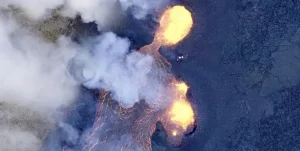
A fissure eruption that started on Reykjanes Peninsula, Iceland on March 16, 2024, continues at a fairly constant rate, with an average lava flow from the craters of about 14.5 m3 per second (512 feet3/s) from March 17 to 20. About 700 people at the Blue Lagoon spa and several in the town of Grindavík were evacuated within a 30-minute period after the start of the eruption.
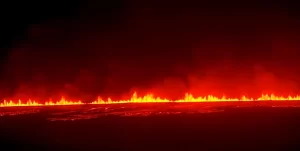
After more than a month of magma buildup, a new eruption began in Reykjanes Peninsula, between Hagafell and Stóra-Skógfell, at 20:23 UTC on March 16, 2024.
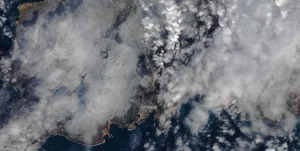
Unfavorable weather conditions have disrupted the earthquake monitoring system on Reykjanes Peninsula by dampening small events, resulting in a lower number of detected earthquakes since Saturday, March 2, 2024. Nevertheless, the volume of magma beneath Svartsengi continues to increase, which could result in a new dike intrusion and possibly an eruption with very short notice.
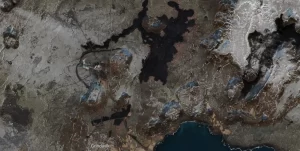
Magma volume beneath Svartsengi, Reykjanes Peninsula, Iceland continues to increase, which could result in a new dike propagation and/or volcanic eruption in the coming days, the Icelandic Met Office (IMO) reported at 14:00 UTC on March 5, 2024. Weather conditions over the next few days could affect IMO’s monitoring system.
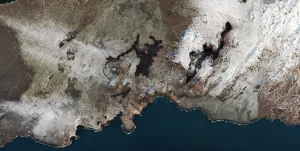
Iceland evacuated its world-famous Blue Lagoon and the nearby town of Grindavík in Reykjanes Peninsula on Saturday, March 2, 2024, due to an intense seismic swarm indicating a new fissure eruption could start any moment.
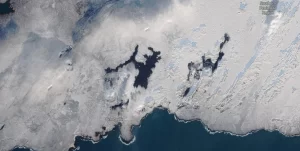
Updated modeling shows Svartsengi’s magma volume reached 7.6 million m³ (268.3 million ft³) on February 26, 2024, and is now near or at the eruption threshold. With seismic activity increasing, particularly east of Sýlingarfell, the Norwegian Meteorological Agency has raised risk assessments, marking the Sundhnjúka crater series at high risk and adjusting other zones accordingly.
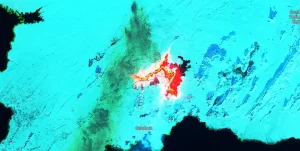
Data released by the Icelandic Met Office (IMO) shows that about 15 million cubic meters (530 million cubic feet) of lava flowed in the first seven hours of the eruption near Grindavik on February 8, 2024. The eruption has since decreased significantly but is still not over.